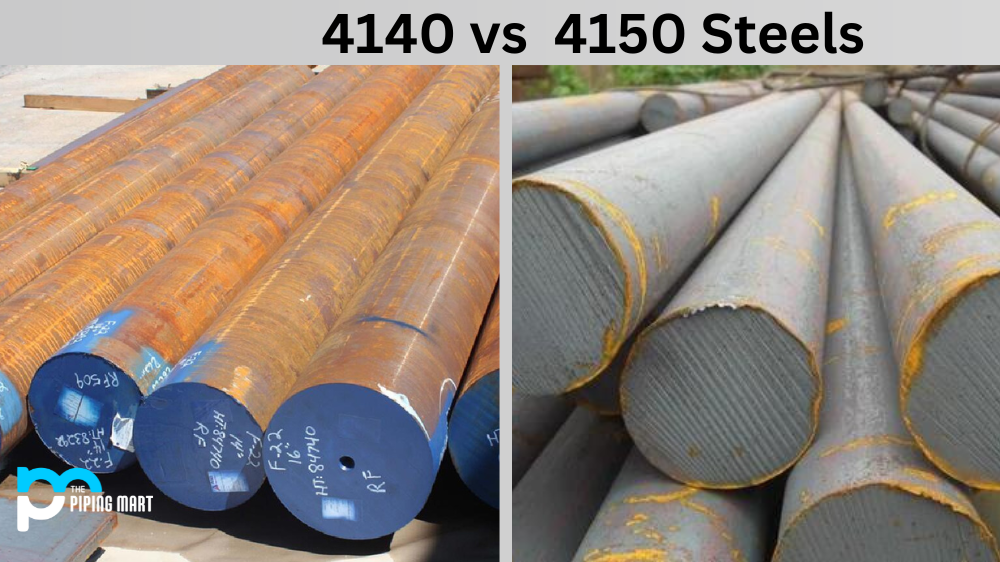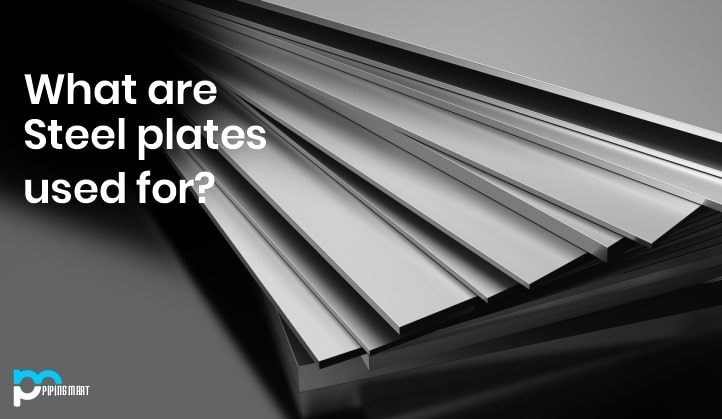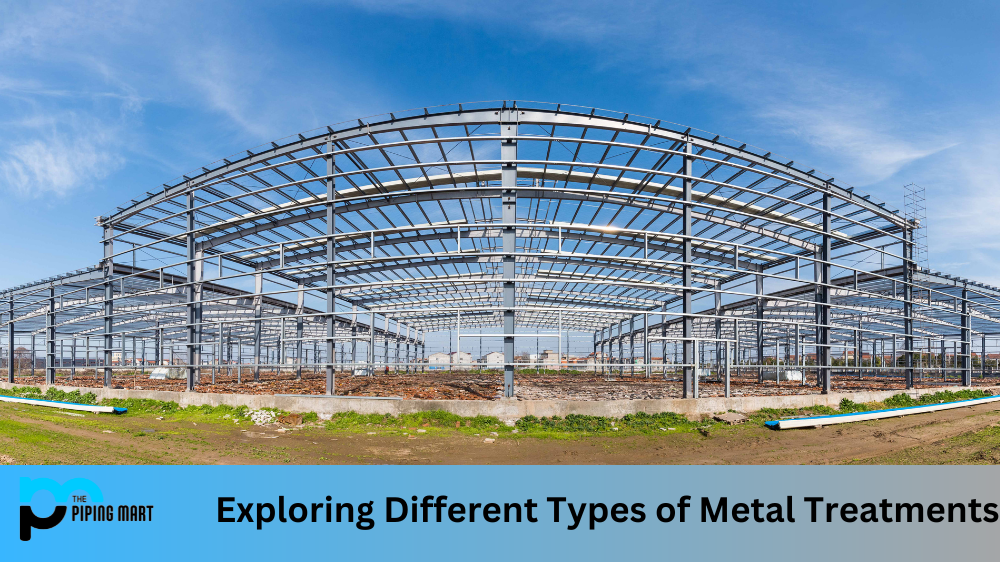Steel is one of the most essential materials used in various industries, such as manufacturing, construction, and engineering. The quality of steel used in manufacturing a particular product determines its strength and durability. Two common types of steel used in manufacturing different items are 4140 and 4150 steel. Although they may appear almost identical, there are notable differences between them. This blog post examines the differences between 4140 and 4150 sheets of steel.
Difference Between 4140 and 4150 Sheets of Steel
Composition
One of the fundamental differences between 4140 and 4150 steel is their composition. 4140 steel primarily comprises iron, carbon, chromium, and molybdenum, while 4150 steel has increased amounts of carbon and chromium. This makes 4150 steel harder and more heat-resistant than 4140. In other words, 4150 steel can withstand harsher conditions and provide more durability than 4140 steel.
Uses
4140 Steel is commonly used to make tools, machinery parts, and other industrial equipment requiring moderate strength and durability. Its composition makes it easier to weld, machine, and produce. On the other hand, 4150 steel is used in more extreme conditions due to its exceptional hardness and toughness. Thus, it is commonly used in making high-stress parts such as gun barrels, aircraft landing gear, and crankshafts.
Heat Treatment
Another significant difference between 4140 and 4150 steel is their response to heat treatment. When heat-treated, 4140 steel becomes more ductile and malleable, making it easier to form and shape into the desired product. However, when heat-treated, 4150 steel hardens much better, significantly enhancing its strength and durability. This process makes it more resistant to wear and tear, making it an ideal material for high-stress applications.
Cost
Regarding cost, 4140 steel is cheaper than 4150 steel due to its lower carbon content. It is readily available and produced in large quantities, making it more affordable overall. Conversely, the added cost of producing 4150 steel is due to its higher carbon content and additional heat treatment process.
Hardness
Another essential difference to consider is hardness. 4140 has a hardness of Rockwell C 28-32, while 4150 has a hardness of Rockwell C 32-36. This means 4150 is slightly more complicated than 4140 and will better resist wear over time.
Strength
Regarding strength, both 4140 and 4150 are considered high-strength steel. However, 4150 is slightly stronger than 4140, with a yield strength of 95 ksi compared to 90 ksi for 4140. This means that 4150 will better resist deformation under high loads.
Toughness
4140 and 4150 are tough and will not crack or shatter easily. However, 4150 is slightly more challenging than 4140 due to the addition of vanadium in its composition. This makes it ideal for applications where high-impact resistance is required.
Weldability
Both 4140 and 4150 are considered weldable steels. However,4150 is slightly easier to weld than 4140 due to its lower carbon content. This makes it a good choice for applications where welding will be required.
Conclusion
To sum up, both 4140 and 4150 sheets of steel are popular types of steel with unique properties that make them suitable for different uses. While 4140 steel is ductile and easier to produce, 4150 is much more complex and more wear-resistant, making it ideal for use in extreme conditions. Therefore, to determine which type of steel is best for a specific product, manufacturers must consider the environment the item will be used in, the level of stress it will be under, and the final product’s desired characteristics. Knowing the differences between 4140 and 4150 steel can be incredibly beneficial for developers and engineers when selecting a material that will meet the product’s requirements and provide an extended service life.

Hey, I’m Krutik, a casual blogger expert in the metal industry. I am passionate about providing valuable information to my readers. With a background in engineering and construction, I like playing Cricket & watching Netflix shows in my free time. Thank you for visiting my blog, and I hope you find my information helpful!




